In academia, crafting a compelling story about the difference your research will make in the world is a core skill. In the Research Café, we explored how communicating your real-world impact can be a game changer in securing support for your research and building impactful collaborations.
How to nail your research story
Image
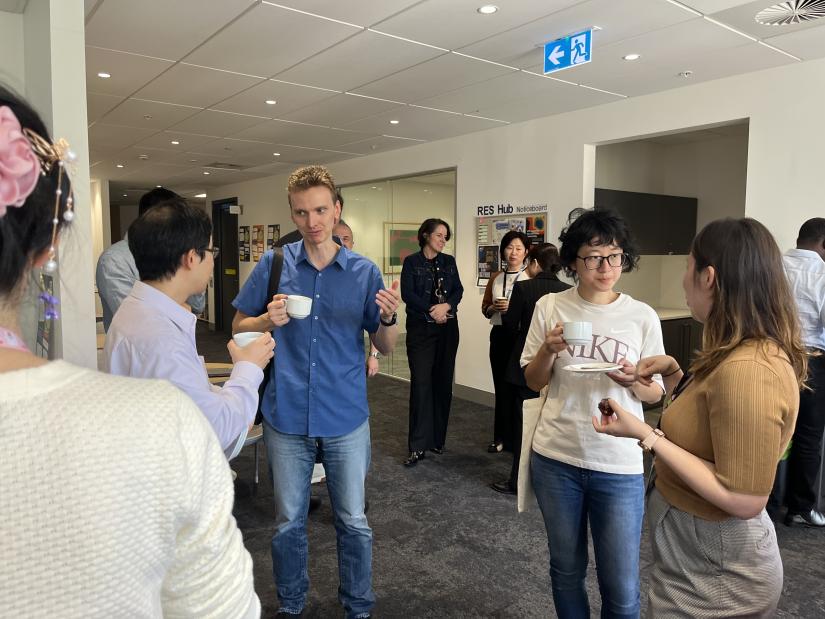
Start with your “why”
The session began with a reflection from UTS Senior Advancement Manager Sarah Angus on Simon Sinek’s Golden Circle and the importance of beginning with why—the core reason behind your research.
“Why are you doing the research you're doing? Who are you helping? What communities are you engaging with?” she asked, questions that help you tap into the transformative potential of your work so you can share it in a way that resonates.
To get to the heart of your research story, Sarah recommends you visualise your work in phases or horizons:
- Immediate action: What is the urgent issue you’re tackling right now?
- Transitional impact: What might move the current situation to the bigger changes you hope to achieve and why is this urgent?
- Transformational change: What is the potential impact you envision for your research?
Image
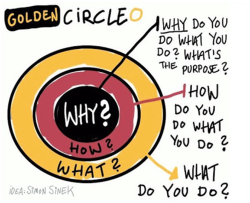
This phased approach helps frame your story in a structured way that underscores not only the work, but its broader significance.
“What's the little pilot? What's the next phase? What's the third phase? Horizons frame what's urgent, the problem that's happening right now and helps articulate what is needed to bring in the transformational change you're inspired to be a part of,” she said.
Convey the excitement
Image
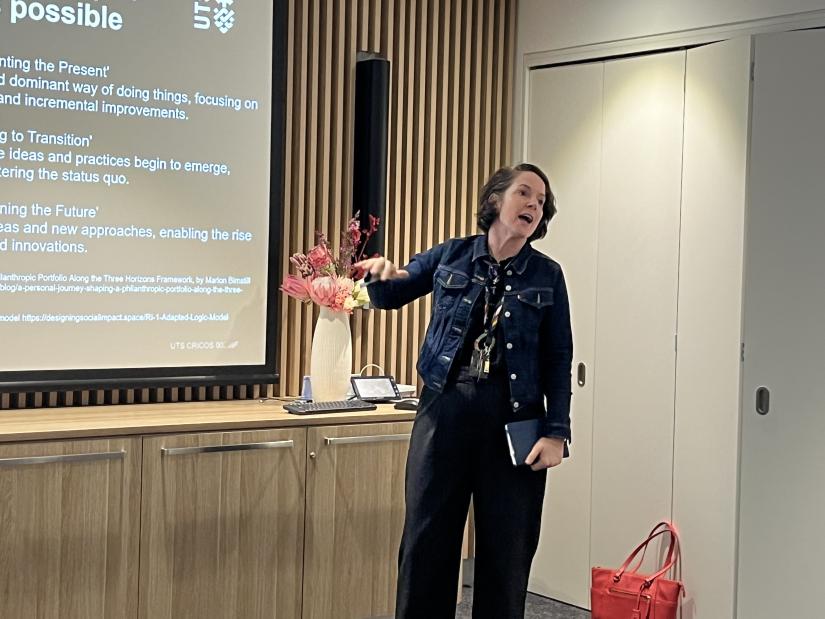
While researchers may feel the need to justify their work through complex explanations, Sarah suggests a different approach.
“As a researcher, you need to be able to communicate in one page to anybody who asks you why you are doing what you do, and why are you so excited about what it's going to do for Australia and the world,” she said. “It’s not about proving why you're doing something; it’s about stating what you're doing and why you're excited to do it.”
By conveying your enthusiasm, passion and belief in the significance of your work, you can capture attention and build an engaging narrative.
Build your personal brand
Image
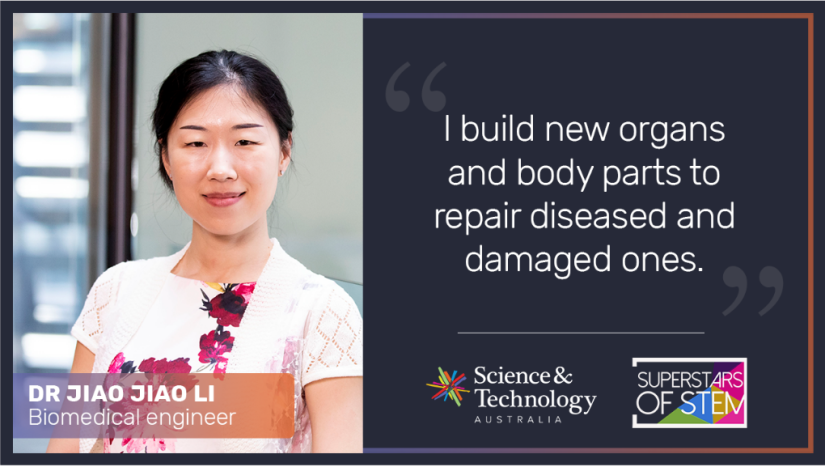
Eureka Prize Winner and biomedical engineer Dr Jiao Jiao Li then took us through her career to show how storytelling has helped her win significant funding and prestigious science prizes alongside media coverage and influential science sector roles.
She shared how branding herself as a biomedical engineer and an advocate for diversity in STEM has been pivotal to her research story.
“I've always branded myself as a biomedical engineer and my research frames around biomedical engineering. But at the same time, I'm framing myself as a woman in leadership, someone who's passionate about gender equity and diversity in research,” she said, adding that you must put yourself out there.
“It’s like entrepreneurship—you’re building a startup, but the brand is yourself.”
JJ has found that many schemes want to fund ‘future leaders’.
"It’s not just your publications. Think about knowledge translation and real-world impact. Make people believe that you will be the one pushing the field forward, not just through your research, but your contributions to the field and to the community,” she said.
“Many grant assessors and potential funders may not be researchers themselves, so make your research understandable to a broad audience. Explain its impact in a way that your grandparents or a school-age child could understand, and you’re halfway there.”
JJ’s career journey illustrates how positioning yourself strategically and creating a personal brand linked not only to your research, but also to your values, can open doors beyond academia and lead to unexpected opportunities from prestigious prizes and science communication to media interviews and policy leadership roles.
Explain its impact in a way that your grandparents or a school-age child could understand, and you’re halfway there.
“I inserted myself into various places, and, sometimes years down the track, it somehow just looped back,” she explained. “Everything eventually landed in this Eureka Prize for Emerging Leader in Science and a role on the Science and Technology Australia Board.”
Remote video URL
While it is important to be able to communicate your research, JJ warns that it is easy to lose yourself in communication, leadership or policy efforts, especially as the more people know about you, the more invitations come your way.
“In the end, if you see yourself as a researcher, all that science communication and policy work needs to go back into your research. So put yourself out there, embrace opportunities, but don't spread yourself too thin. Take up opportunities, but assess whether they align with your long-term goal,” she suggested.
Don’t be put off by rejection
JJ’s journey has been marked by both success and setbacks. Despite experiencing many rejections, she persevered and adapted.
“Whatever awards you get, it doesn’t define you or your research. Similarly, the rejections shouldn’t define you either.”
By continually applying and refining her strategy, JJ eventually secured a board position and significant accolades, illustrating the importance of resilience.
Image
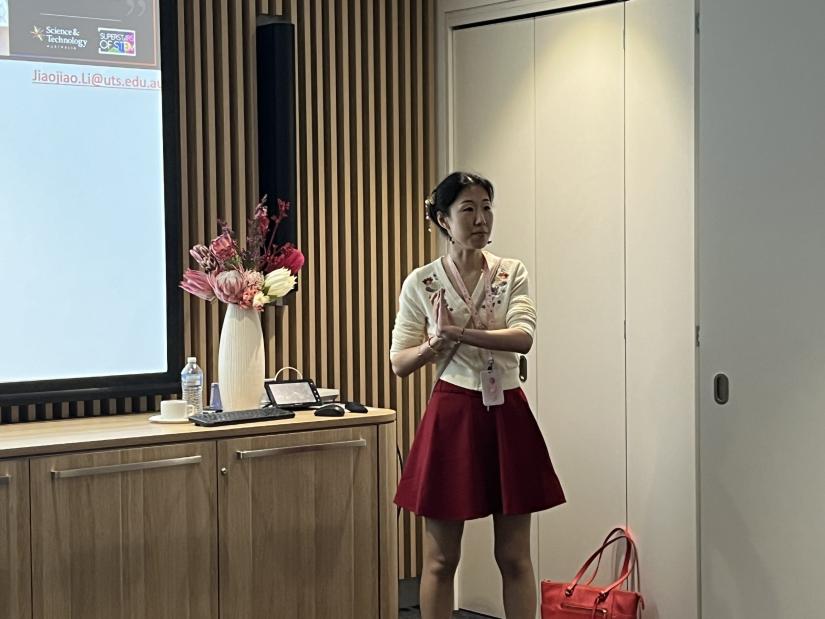
In summing up, JJ recommends early career researchers:
- find a niche and build a brand
- practice some communication
- diversify approach and reach, but bring it back to the research
- put yourself out there, embrace opportunities
- try, try and try again. Keep trying.
Tap into feedback and peer review
UTS’s culture of shared support and feedback is invaluable for early-career and experienced researchers alike. Katherine Waldron from the Research Office discussed some of the structured support available to UTS researchers and recommended participation in the cross-faculty pitch sessions to improve research storytelling.
“These pitch sessions provide you with feedback from seasoned reviewers and subject matter experts, which helps refine proposals,” she explained. “It's all about helping you tell your story in the most effective way for securing competitive funding.”
Image
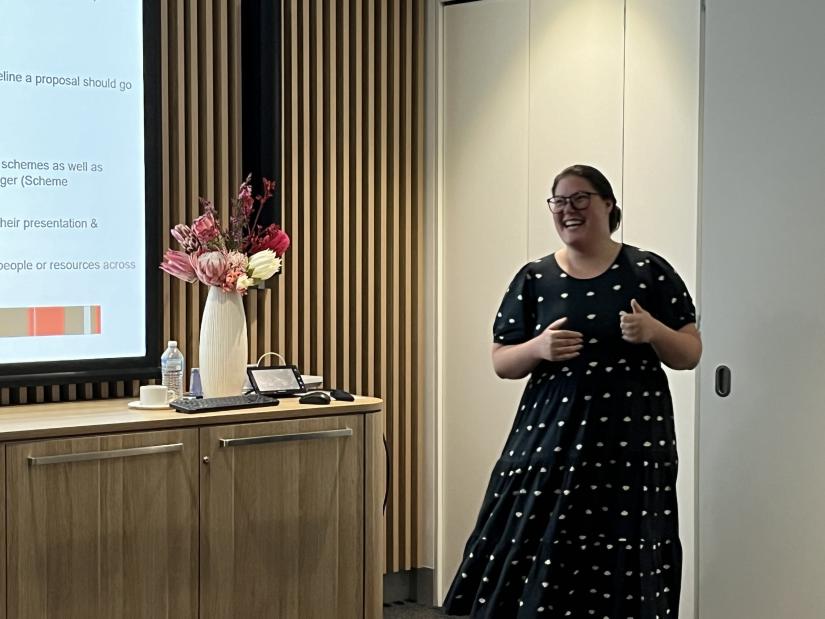
Katherine said that participating in the cross-faculty pitch sessions is an excellent way to receive early advice on your project scope, team, and scheme suitability before you get too far into writing your application.
“We also run a series of writing workshops, info sessions, and potentially give people individual support if there’s funding available. You can receive strategic reviews with me and then you receive compliance checks from the Research Office as well,” she explained.
Remember that no one feels compelled to read. To capture the attention of readers or listeners, your narrative must be concise, compelling, and accessible, so do what you can to take advantage of all the support we offer here at UTS to help you nail your research story.
Dr. Alexander Solntsev discussed how peer review is adding value to grant applications and has notably increased successful funding outcomes in UTS’s Faculty of Science.
“Peer review is making a difference to current Discovery Project applicants. We've been successful in fostering this collaborative culture where people help each other and give advice,” Alex explained, adding that the program will soon be expanded to other grant programs with the goal of making grant applications stronger.
Image
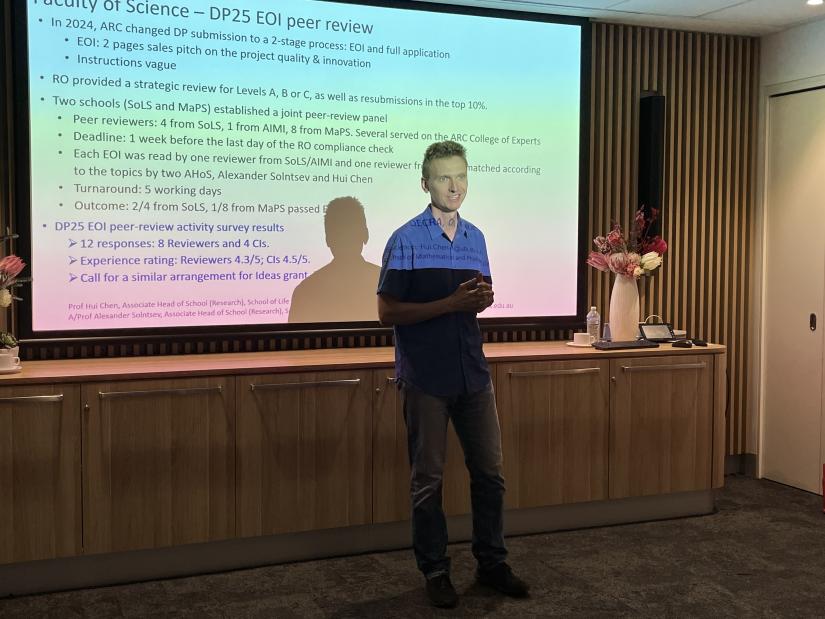
In summing up the session, UTS Pro Vice-Chancellor (Research) Prof Chris Turney said that storytelling in research isn’t just about communicating results—it’s about getting your ideas out there, sparking interest, building trust and inspiring action.
“Remember that no one feels compelled to read. To capture the attention of readers or listeners, your narrative must be concise, compelling, and accessible, so do what you can to take advantage of all the support we offer here at UTS to help you nail your research story,” he said.
Download the slides from the Research Cafe held on Wednesday 6 November 2024
Sharpen your communication skills
- Enrol in the upcoming, in-person media and social media workshops on Thursday 21 November presented by the Australian Science Media Centre
- Learn more about the three horizon framework coined by Marion Birnstill for the School of System Change
- Discover the adaptive logic model used in designing for social impact
- Connect with Science and Technology Australia’s Superstars of STEM program
- Be part of the Falling Walls Lab
- Enter the Young Tall Poppies Awards
- Browse self-paced research communication training from ASPIRE
- Find communication tips at Science Media Savvy